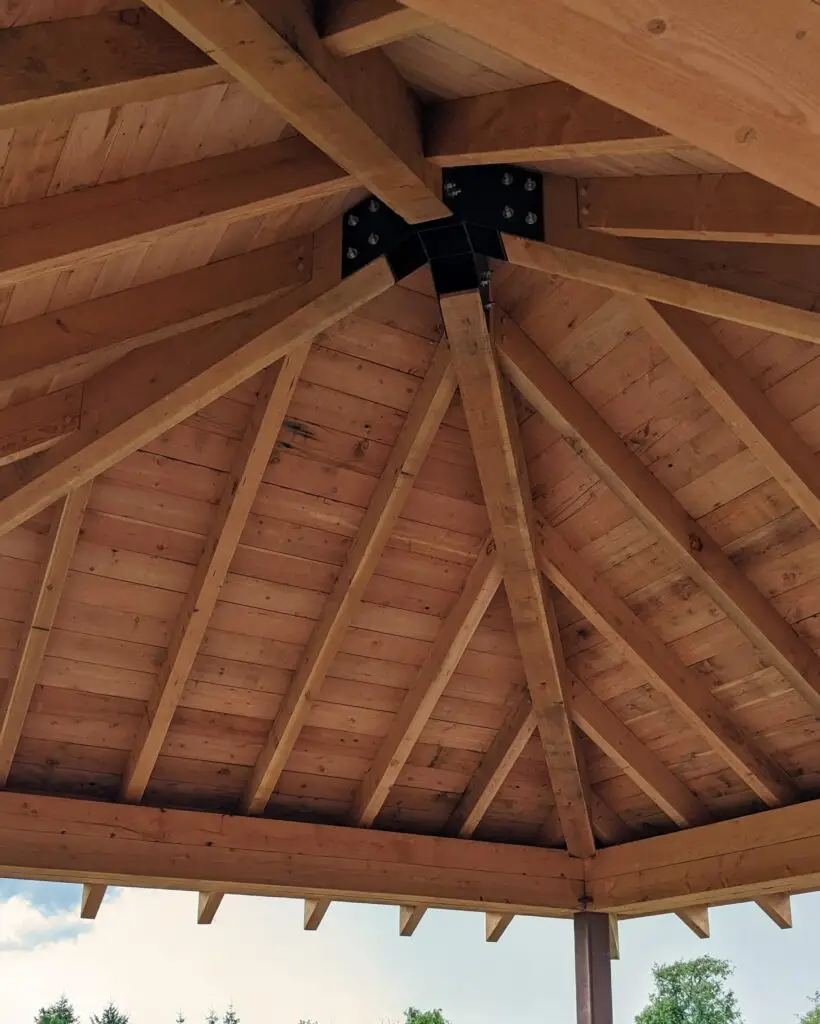
Comparing Douglas Fir and White Pine Timbers: Boxed Hearts vs. FOHC
When it comes to choosing the right timber for construction or woodworking projects, two popular options often come to mind: Douglas Fir and White Pine. Both are esteemed for their durability, strength, and versatility, but they differ in various aspects, including their grain patterns, densities, and suitability for specific applications. In this comparative analysis, we’ll delve into the characteristics of these two timbers, with a particular focus on the advantages and considerations of using boxed hearts versus FOHC (Free of Heart Center) lumber.
Douglas Fir: The Workhorse of Construction
Douglas Fir (Pseudotsuga menziesii) stands tall as one of the most prevalent softwood species in North America, cherished for its exceptional strength-to-weight ratio and stability. Renowned for its reddish-brown hue and prominent grain patterns, Douglas Fir is a favorite choice for structural applications, such as framing, flooring, and beams.
According to the *Western Wood Products Association*, Douglas Fir offers superior strength properties compared to White Pine, making it ideal for load-bearing structures and heavy-duty construction projects. Its dense grain and natural resistance to decay ensure longevity and reliability in various environments.
*The Wood Database* further highlights Douglas Fir’s suitability for structural use, noting its stiffness and bending strength as standout features. However, it warns against potential challenges in working with Douglas Fir due to its high resin content, which may blunt cutting tools and require pre-drilling for fasteners.
White Pine: A Versatile Softwood Gem
In contrast, White Pine (Pinus strobus) exudes a lighter, creamier hue with a finer, more uniform texture. As cited by the *University of Tennessee Extension*, White Pine boasts excellent workability, making it a top choice for carpentry, cabinetry, and intricate woodworking projects.
*The Northeastern Lumber Manufacturers Association* extols White Pine’s moderate strength and low density, which contribute to its ease of handling and machining. This characteristic renders White Pine a preferred option for applications where weight considerations and intricate detailing are paramount.
Boxed Hearts vs. FOHC: A Critical Consideration
One crucial factor to ponder when selecting timber is the presence or absence of the heart center. Boxed Hearts lumber refers to boards cut in a manner that retains the heartwood at the center, whereas FOHC timber eliminates the heart center, offering a more uniform, stable product.
*The American Wood Council* emphasizes the structural advantages of boxed hearts timber, citing its increased load-bearing capacity and stiffness due to the heartwood’s inherent strength. However, concerns arise regarding potential warping and checking as the wood dries and ages.
Conversely, FOHC lumber mitigates these risks by excluding the heart center, resulting in a more predictable, stable product. According to *Woodworking Network*, FOHC timber exhibits reduced risk of splitting and distortion, making it an attractive option for precision carpentry and fine woodworking applications.
Conclusion: Choosing the Right Timber for Your Project
In conclusion, both Douglas Fir and White Pine offer commendable qualities suited to a diverse array of construction and woodworking endeavors. While Douglas Fir excels in structural integrity and durability, White Pine shines in its workability and aesthetic appeal.
When deliberating between boxed hearts and FOHC lumber, it’s crucial to weigh the specific requirements of your project. If structural stability and load-bearing capacity are paramount, boxed hearts timber may be the preferred choice. Conversely, if you prioritize dimensional stability and ease of machining, FOHC lumber presents a compelling option.
Ultimately, the decision boils down to understanding your project’s needs, considering the unique characteristics of each timber species, and selecting the most appropriate lumber to bring your vision to fruition.
*For more information on Douglas Fir and White Pine timber, visit:*
– Western Wood Products Association: [www.wwpa.org](www.wwpa.org)
– The Wood Database: [www.wood-database.com](www.wood-database.com)
– University of Tennessee Extension: [extension.tennessee.edu](extension.tennessee.edu)
– Northeastern Lumber Manufacturers Association: [www.nelma.org](www.nelma.org)
– American Wood Council: [www.awc.org](www.awc.org)
– Woodworking Network: [www.woodworkingnetwork.com](www.woodworkingnetwork.com)
